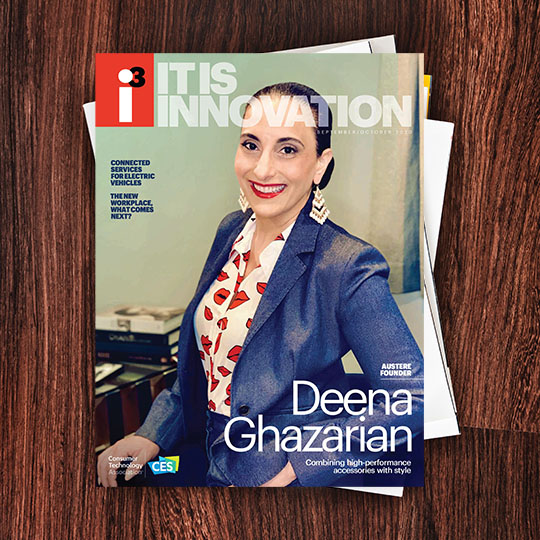New over-the-air broadcasts, called “NEXTGEN TV,” will be available in the U.S. starting in late 2020. NEXTGEN TV is the future of TV, offering new ways for viewers to see, hear and interact with TV programming. It includes features such as enhanced video and immersive audio, interactive capabilities and advanced emergency alert notifications.The user will have access to 4K UHD and HDR content as well as ‘movie theater-like’ immersive sound. Consumers will also have access to enriched content such as an on-demand video library and an advanced TV guide. With all these new features, TVs will continue to provide consumers with a quality experience while maintaining energy efficiency.
New over-the-air broadcasts, called “NEXTGEN TV,” will be available in the U.S. starting in late 2020.

I3, the flagship magazine from the Consumer Technology Association (CTA)®, focuses on innovation in technology, policy and business as well as the entrepreneurs, industry leaders and startups that grow the consumer technology industry. Subscriptions to i3 are available free to qualified participants in the consumer electronics industry.